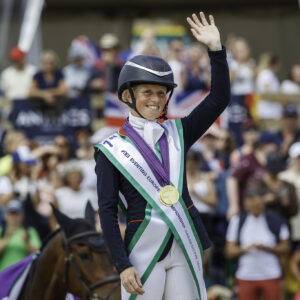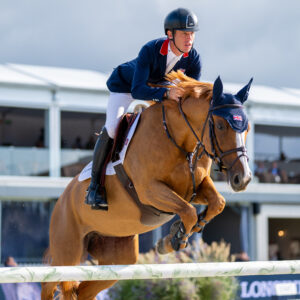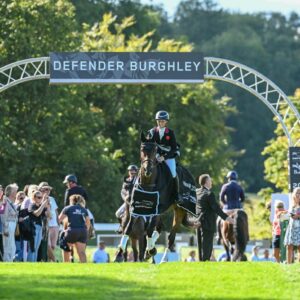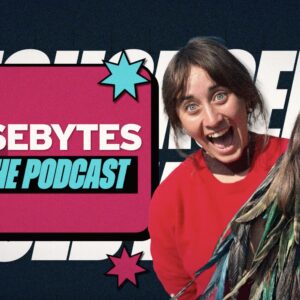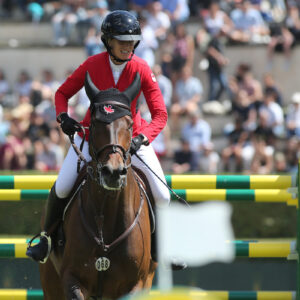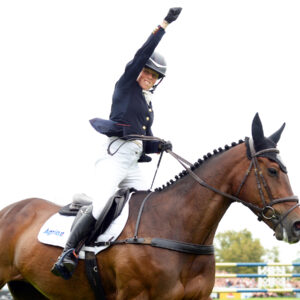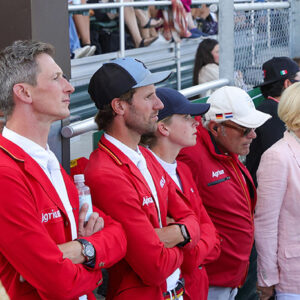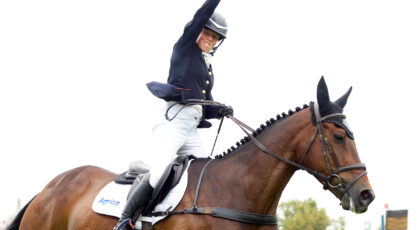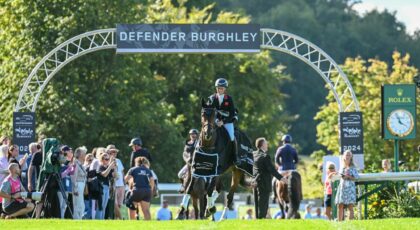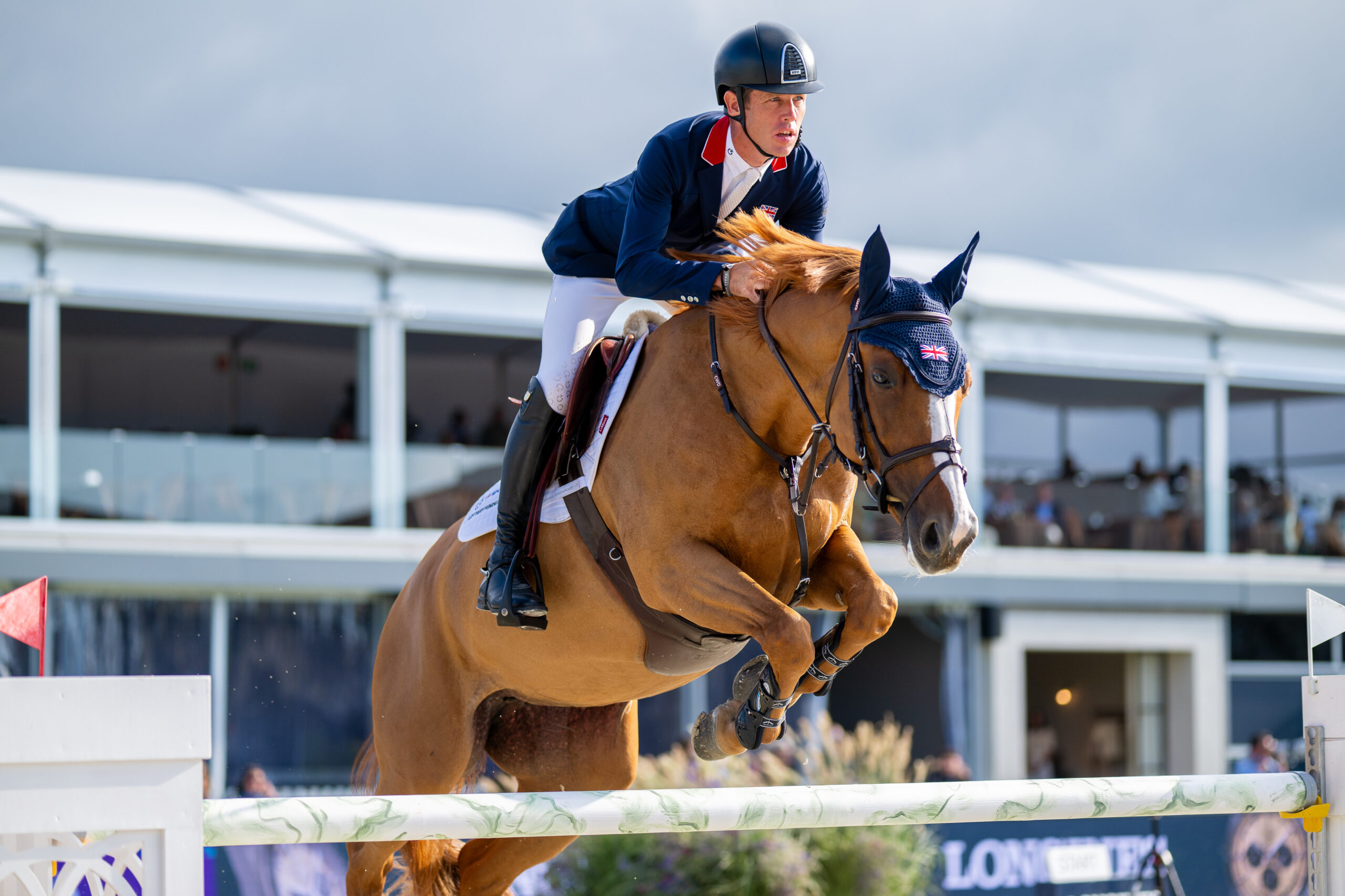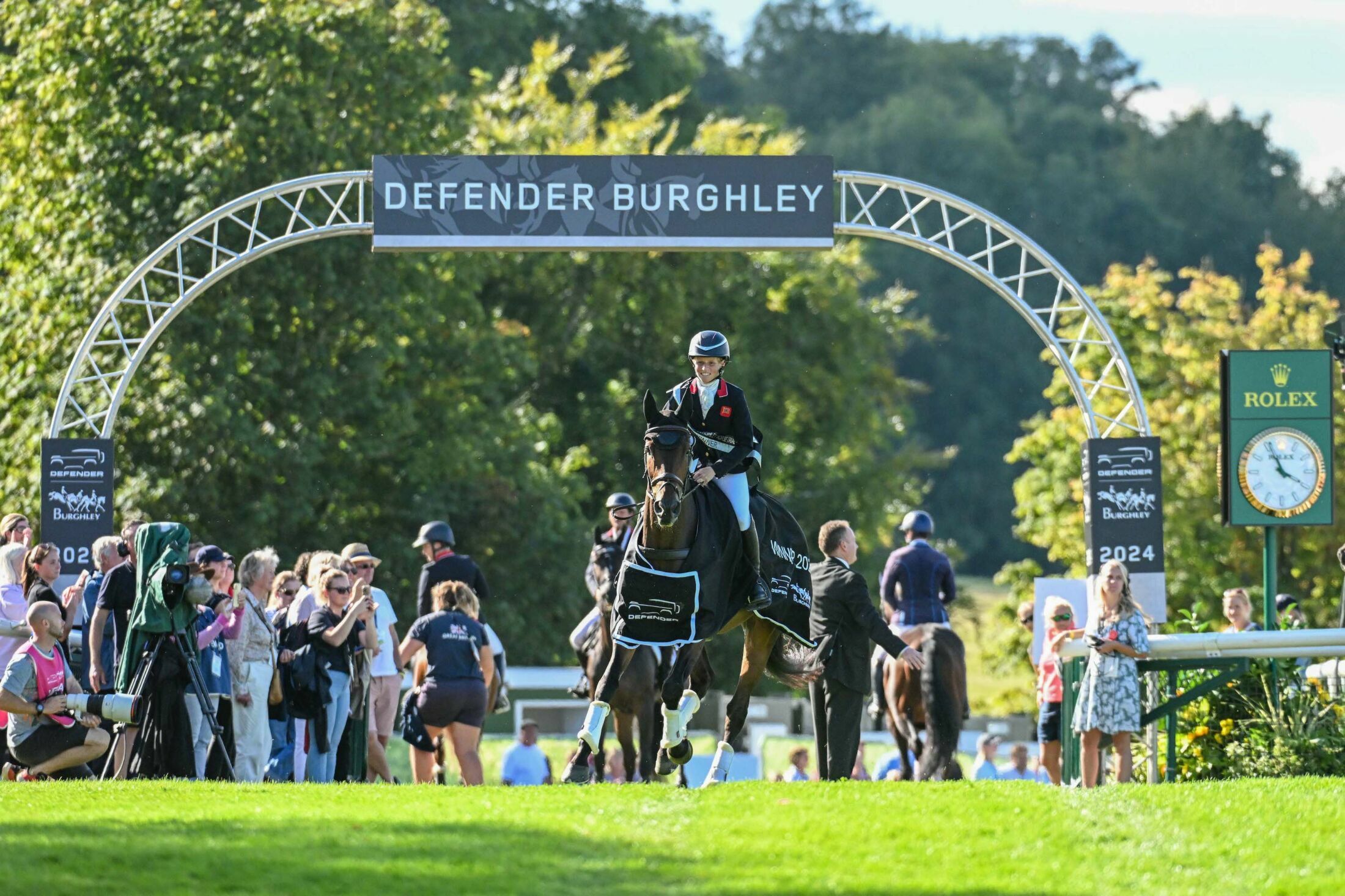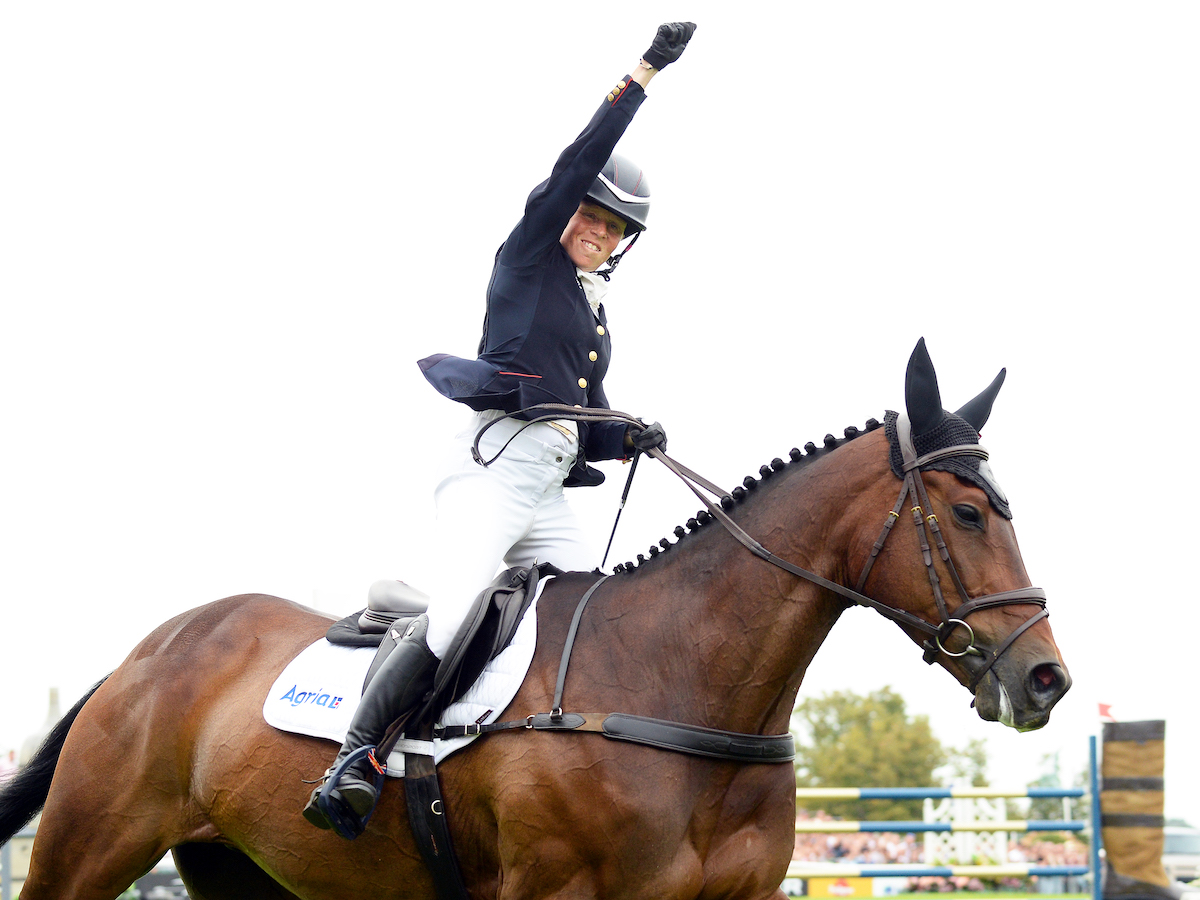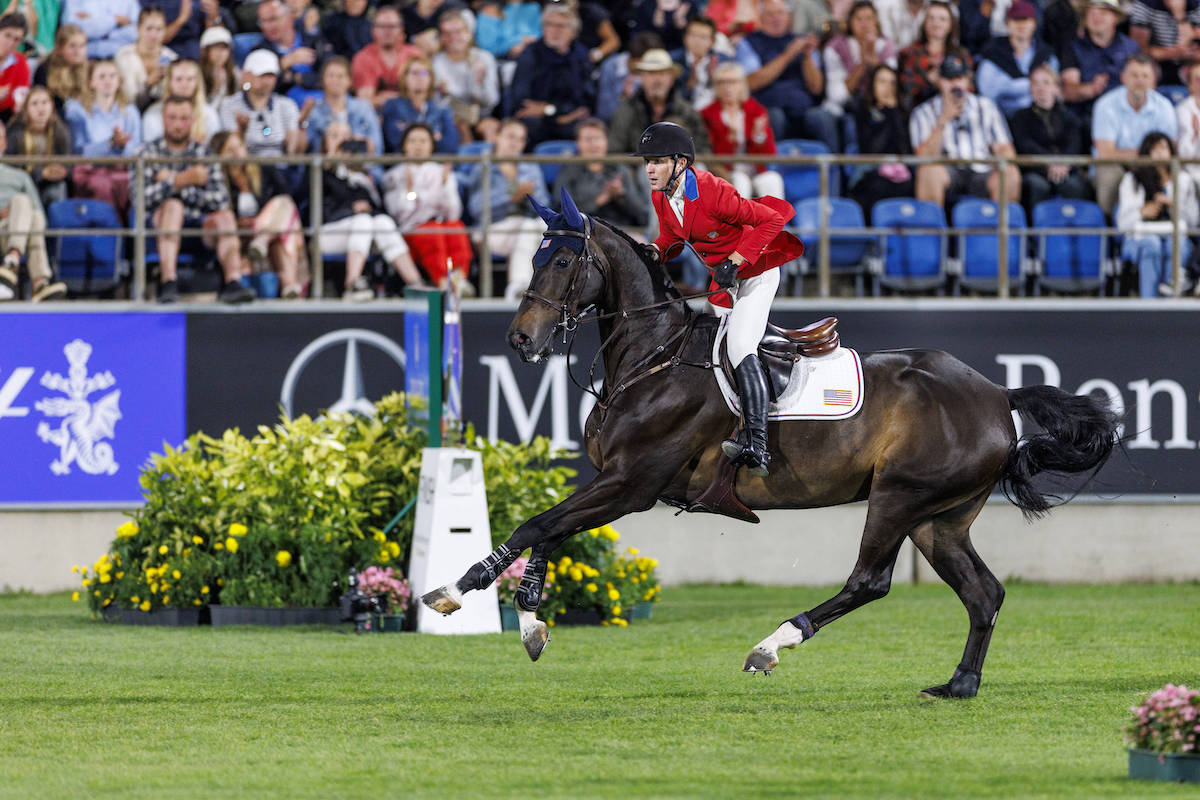“I’d like to buy a horse,” is a phrase that would rattle any frugal parent, especially my father. He worked three jobs to keep my family comfortable and happy.
Perhaps I’ll blame it on naivety. But at 15-years old, there I was pleading my case while holding an old tissue box labeled “horsey fund” that I had decorated with sharpie renderings of horses, hearts, bits and horseshoes. Inside was a humble cumulation of all of my babysitting money and birthday checks.
I had scrolled through enough DreamHorse ads to know it was possible to purchase an off-the-track-Thoroughbred for under a thousand dollars. Board was $650 a month (nowadays I pay less for my own studio rental). I had the math all worked out, or so I thought, and the bewildered look on my dad’s face and forehead full of stress lines seemed like an unnecessary reaction.
“Horses are a luxury,” he told me. He’s not wrong, but that notion wouldn’t stick until I landed in Wellington, Florida for the first time years later and saw stables more luxurious and expansive than any house I’d ever been in.
Despite my dad’s better judgement, a few weeks later on a brisk fall day in Connecticut my parents and I pulled up a rocky drive to look at a horse called Gandalf the Grey. We had unintentionally arrived early and Gandalf was ferociously galloping on the longe line, already covered in sweat.
We weren’t “horse people” yet. Gandalf was just a pretty white horse with the right price tag. Those days the only red flags I’d learned to pay attention to were the little ones atop jump standards, and mom is a major Lord of the Rings fan, so Gandalf took little convincing.
We bought him without consulting my trainer (red flag #2), and unsurprisingly, he didn’t prove the best fit for a waify teenage girl. He was strong, regularly jetting off on trails at the first gust of wind, and as green as the grass he regularly tossed me on.
He was mine, though. I was euphoric living my childhood dream everyday after school. My hardworking parents did nothing but support me, even amidst a divorce and other challenging life events, including, of course, when my $8,800 tissue box budget proved to be a major undervaluation.
Financial limitations meant getting creative when the equestrianism snowballed. Luckily, I started showing some promise as a rider, winning classes on my trainer’s underdog horses at my first rated shows.
When I outgrew Gandalf he found a new family and I bought, or rather adopted, my first Warmblood for a $500 fee. Forever a Thoroughbred lover here, but getting my bridle on a sport horse was a big step up the levels for me.
She was a chestnut mare who came from my University’s Hanoverian breeding program and was “too hot” for their under saddle program. As a Weltmeyer baby, no surprise there. She became my whole life for the next five years, because the only way to continue affording a horse, especially showing, would be to work at a stable where board took the place of salary. It was like having a child with big brown eyes, four legs and bird catcher spots.
I was increasingly competitive, aspiring to be among the best, which in hindsight was perhaps the energy of a kindergartener who wants to be the President when they grow up. In theory, it’s possible but extraordinarily unlikely.
Cue the working student, show groom, assistant rider pipeline.
When you’re young a six-day, 90 hour week doesn’t take all that much out of you when you’re living your dream, but the back pain comes sooner than you think. Shortly after that the guilt of missing every family holiday and birthday creeps in, hitting you even while sitting with friends enjoying Saturday Night Lights at Wellington International. Then eventually, during some sleep deprived episode throwing night check hay after a 14-hour show day, you dare ask yourself for the very first time, “is this all really worth it?”
Some of us say, yes, and it’s pedal to the floor for the rest of our lives.
Some of us aren’t sure, and the question resurfaces over and over again until you snap. Or, take a hiatus.
It’s complicated when you see your peers with means are jumping U25 Grand Prix and you’re doing your best to scape together a 1.20m nomination fee, and it’s not necessarily jealousy. Working for some of these families were amazing jobs that included cantering down palm tree-lined canals, traveling to Europe several times a year, and learning from 5* athletes everyday.
But it did take a realistic reframing of what I’m capable of.
Would I jump in a U25 class. Absolutely not.
Can I build up a horse myself and jump 1.45m Grand Prix someday? Maybe.
Will I still be lucky to do so? Yes.
Should I appreciate if that’s all I ever become? Definitely.
Do I still want to sacrifice everything for that reality? I don’t know.
There is a kid out there who will become President of the United States, and there are riders from humble beginnings who you’ll see striding across the grass at Aachen or standing with their hands over their hearts at an Olympic ceremony. Some of them are my friends and I have the utmost respect knowing their unusual talent and what they gave to be there.
Yet I have also accepted that unless my circumstances drastically change overnight that rider won’t be me.
Because despite my efforts my brain doesn’t handle burnout very well, and I’ve always had curiosities about life outside of horses. These truths combined create a slow poison for a career in the saddle.
The way I see it someone like me has two choices. Put all other desires aside, don’t ever count your hours, become exceptional at some element of the business, and lean into the life. Or, put horses aside for some years and work on another career that will hopefully bring you enough salary to own a horse and ride again as a client (with tampered expectations). Meaning, you’ll be sitting in the grandstands at Aachen, not the arena, and should be grateful for that.
I’m clacking at my keyboard working on the latter now, but with a persistent gut feeling of when you tip your chair too far back and think you’re falling, because what if it never happens? Most people will never be independently successful enough to own horses. These days success often means just making ends meet.
Nobody warned me of the identity heartbreak that comes along with putting your passions aside for a while. The change from “I ride horses” to “I used to ride horses” feels unnatural, like I’m grieving another life. Every time I say it I grapple with feeling a sense of failure, because the dream is still there. Just dormant. I still find myself conspiring how to eventually work it back into my day-to-day during some daydreams.
“Horses are a luxury” is what I find myself saying now when I’m asked why I don’t really ride anymore, or why I had to sell my horse and never bought another.
What I don’t say out loud is that for me horses still feel like a need, and not just the animal or the sport. More than once I’ve gone back to work in stables as a last resort to pull myself out of a depression, because it always does. The routine is healthy and horses are healing. I never imagined I would miss skipping stalls and cleaning tack but it makes makes me feel grounded. Throwing grain at 7am and watching the sun rise helps me refocus and feel happy again.
Learning this about myself helped, and my dreams have evolved. At the end of the day finding your own happiness with horses is what matters. To some this looks like running their own business with a stable full of top horses and international accolades. For others, it’s getting out of work and riding for an hour with barn friends.
Maybe for people like me it’s somewhere in between.
I don’t have the answers. That’s clear. I do know that my relationship with equestrian sport is most importantly between me and the horse.


 February 1, 2024
February 1, 2024 






